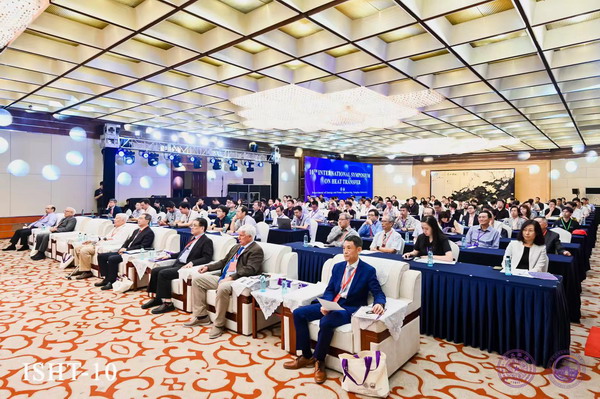QR codes have become a major source of smartphone viruses, with more than 100 million smartphone users infected with malicious software in the first six months of this year, according to a report released by internet giant Tencent.
互聯(lián)網(wǎng)巨頭騰訊近日發(fā)布的一份報告顯示,今年上半年,超過1億智能手機用戶感染過惡意軟件,二維碼已成為智能手機病毒的一個主要來源。
Tencent's anti-virus program for smartphones prevented 693 million attempted virus attacks in the first half of 2017, an increase of 124.24% year-on-year, and QR codes were a major source of those viruses, accounting for 20.8%, the report said.
報告稱,2017年上半年,騰訊的智能手機殺毒軟件攔截病毒攻擊6.93億次,同比增長124.24%,二維碼成為這些病毒的主要來源之一,占比達20.8%。
The report found that the number of virus attacks on personal computers reached 1 billion in the first half of the year, a 30% increase compared with the previous six months from July to December 2016.
報告發(fā)現(xiàn),今年上半年,針對PC端的病毒攻擊次數(shù)達到10億次,環(huán)比2016年下半年增長了30%。

Statistics from Tencent's anti-virus laboratory from 2014 to 2017 showed that the number ofmalware programs continued to increase.
騰訊反病毒實驗室的2014年至2017年的統(tǒng)計數(shù)據(jù)顯示,惡意軟件的數(shù)量在持續(xù)增加。
Shenzhen topped the list of locations with the most virus attacks, followed by Chengdu andGuangzhou, according to the report, which added that cities and regions with higher internetpopularity might face higher risks of virus attacks.
報告稱,深圳是遭受病毒攻擊次數(shù)最多的地點,其次是成都和廣州。報告還指出,互聯(lián)網(wǎng)較發(fā)達的城市和地區(qū)遭受病毒攻擊的風險可能更高。
The types of viruses in the first half of 2017 did not significantly differ from last year, the reportsaid.
該報告指出,2017年上半年的病毒類型與去年相比沒有顯著的不同。
Trojan horse viruses, which accounted for 53.8 percent of the total, remained the most prolificin the period, followed by Adware viruses, at 39.02 percent.
特洛伊木馬病毒占據(jù)了總數(shù)的53.8%,在同一時期仍然是最多的,緊隨其后的是Adware病毒,占據(jù)39.02%。




